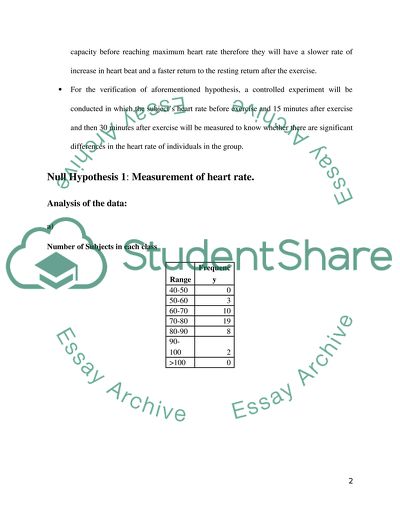Cite this document
(Statistics: Population Distributions Lab Report - 1, n.d.)
Statistics: Population Distributions Lab Report - 1. Retrieved from https://studentshare.org/statistics/1748786-population-distributions-statistics-lab-report
Statistics: Population Distributions Lab Report - 1. Retrieved from https://studentshare.org/statistics/1748786-population-distributions-statistics-lab-report
(Statistics: Population Distributions Lab Report - 1)
Statistics: Population Distributions Lab Report - 1. https://studentshare.org/statistics/1748786-population-distributions-statistics-lab-report.
Statistics: Population Distributions Lab Report - 1. https://studentshare.org/statistics/1748786-population-distributions-statistics-lab-report.
“Statistics: Population Distributions Lab Report - 1”, n.d. https://studentshare.org/statistics/1748786-population-distributions-statistics-lab-report.


